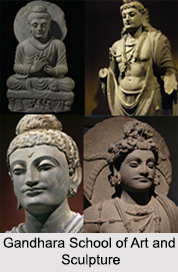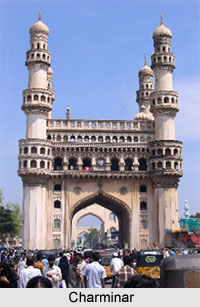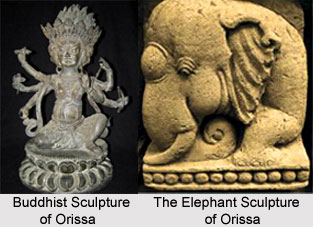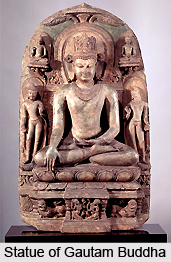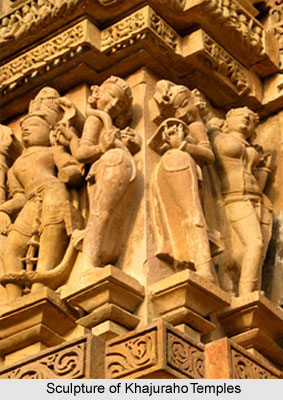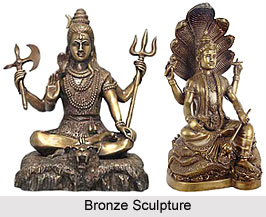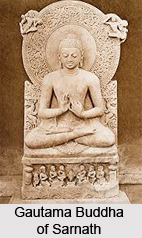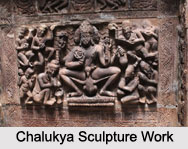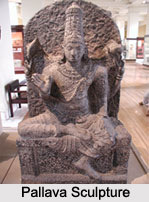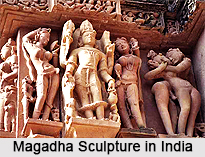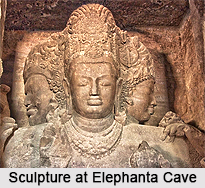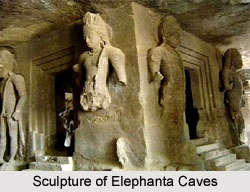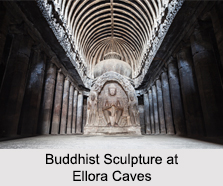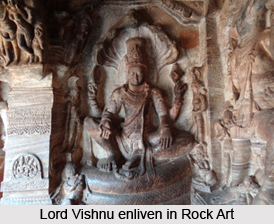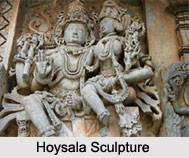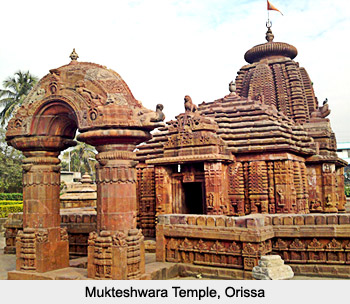Sikh sculptures are an essential part of Indian sculpture"s remarkable specimens. The Sikh sculpture and architecture represent a synthesis of the Muslim and native Hindu styles. However the final style that evolved from this amalgamation has its own separate identity. Features of the Sikh architectures include domes, pillars, intricate inlay works and others.
Indian religious sculpture has been enriched by the vivid colours of several existing religious sculptures. Sikh sculptures are an integral part of these remarkable specimens.
Architecture of Sikh Sculptures
The spiritual structure is the Gurdwara, a place where the Guru resides. Sikh temples are by and large honouring buildings attached with the 10 Gurus in some way or with places and events of historical importance. Many Sikh temples have a deorhi, a doorway, during which one has to go by before reaching the holy place.
As far as Sikh religious architecture is concerned there are 4 kinds of buildings. These are square, rectangle, cruciform and octagonal. A gurudwara (Sikh place of worship) can even have as many as 9 storeys. The primary architectural element of a gurudwara is the gumbad (dome). The Sikh sculpture generally includes a floral design for the domes. An inverted lotus is, generally, seen in the form of domes. Besides this the `jaratkari` or inlay work and plaster-of-Paris woks are recurrent feature in the Sikh sculptures. Vine, plant, flower, bird and animal motifs have been generously used to decorate the gurudwaras. These techniques have been employed to decorate both the interior and exterior of the buildings.
Varied materials ranging from gypsum plaster, brick, lime mortar, red stone and white marble have been used in the construction of the shrines. Marble, glass, colour and metal are the other materials that have been used in large quantities while constructing the Sikh places of worship. A remarkable feature about these gurudwaras is that although they were built with religious purpose, these gradually took the shape of military fortifications.
Features of Sikh Sculptures
A gumbad (dome) is the crowning characteristic of a Gurdwara and a shrine may be flat-roofed and Gurdwara Bahadurgarh in Patiala district has a palaki in its place of a dome as its crowning feature. A dome is fluted or ribbed but a plain dome has also been used in some cases. The dome is generally white, although sometimes make golden, as in the Golden Temple at Amritsar. Similarly, in some cases, domes have been covered with brass. Generally, domes on Sikh shrines spring from a floral base, and have inverted lotus-symbol-top from which rises the kalasa. Apart from the big central dome, there are often four other smaller cupolas, one on each corner of the generally-cuboid structure of the shrine.
Jaratkari, elaborate in-lay work, gach, plaster-of-Paris work, tukri work, fresco-painting, pinjra (lattice work) are the techniques used for the decoration of outdoor surfaces as well as for heart embellishment. Brick, lime mortar as well as lime or gypsum plaster, and lime real have been the most favoured building materials, although stone, such as red sandstone and white marble, has also been used in a number of shrines. Use of water as a part of design has been regularly exploited in Mughal and Hindu architecture but nowhere in so lively a manner as in Sikh architecture.
Works of Sikh Sculptures
There are many buildings and temples which are popular for its style and way of construction. Some of these are:
| Golden Temple, Amritsar | Poanta Sahib, Sirmour | Jai Jawan Nagar Gurdwara, Pune | Manikaran Gurudwara, Manikaran |
| Harmandir Takth Gurdwara, Patna | Manikaran Sahib, Manikaran | Nagpur Chawl Gurdwara, Pune | Gurdwara Alamgir, Ludhiana |
| Gurdwara Bangla Sahib, New Delhi | Gurdwara Shri Guru Nanak Dev Ji, Jammu | Ramgodia Shivajinagar Gurdwara, Pune | Sri Guru Singh Sabha Gurudwara, Bengaluru |
| Sis Ganj Gurdwara, New Delhi | Nangli Sahib Gurdwara, Jammu | Sapras Gurdwara, Pune | Gurudwara Guru-ka-Lahore, Chandigarh |
| Gurdwara Nanak Piao, New Delhi | Nanak Jhera, Bidar | Takhat Sachkhand Shri Hazur Abchalnagar Sahib, Nanded | Gurudwara Kiratpur Sahib, Ropar |
| Gurdwara Majnu Ka Tila, New Delhi | Ganesh Peth Gurdwara, Pune | Sri Guru Nanak Sat Sangh Sabha, Chennai | Dashmesh Darbar, Pune |
| Gurdwara Rakab Ganj, New Delhi | Gurdwara Shri Guru Singh Sabha, Pune | Hemkund Saheb | Guru Nanak Darbar, Pune |




